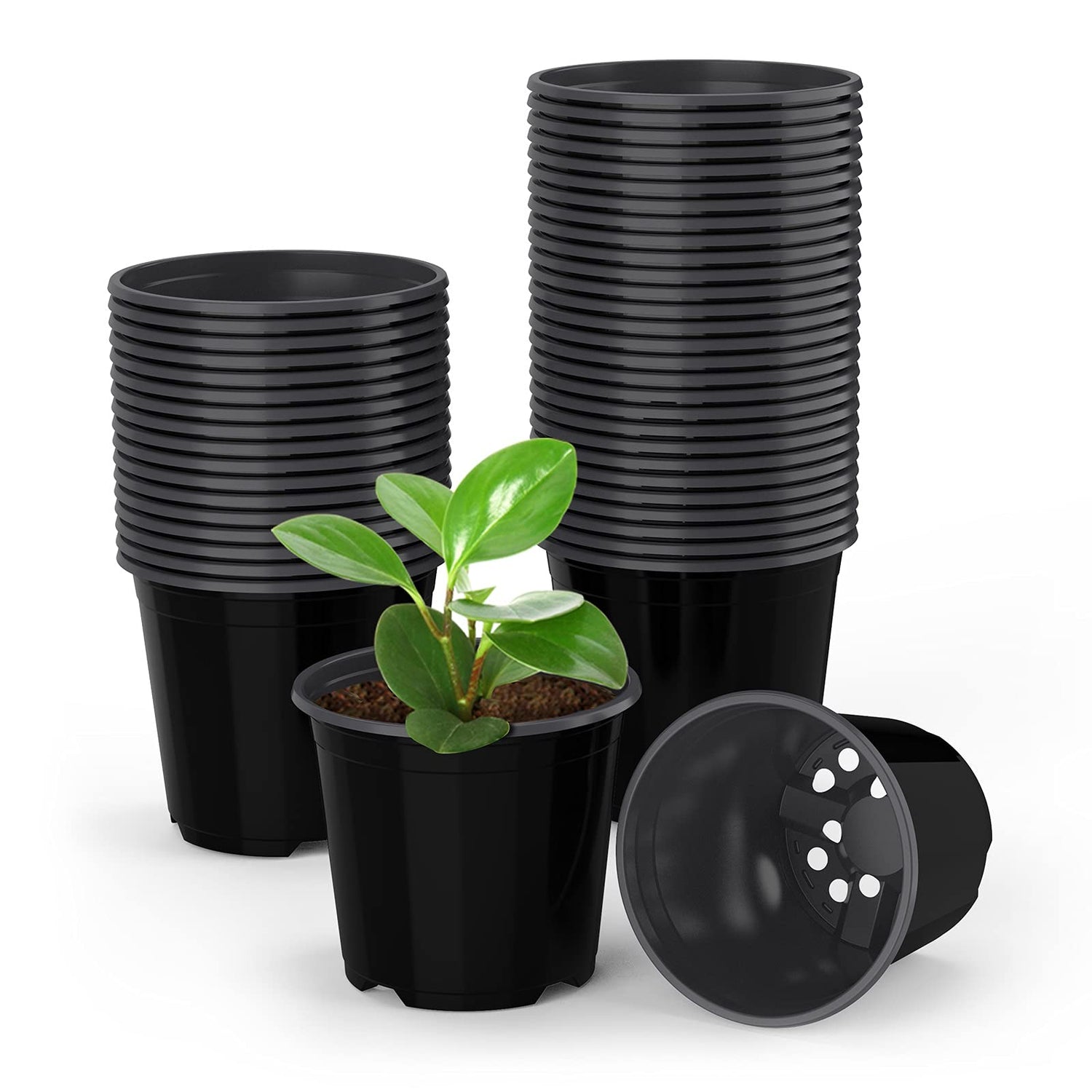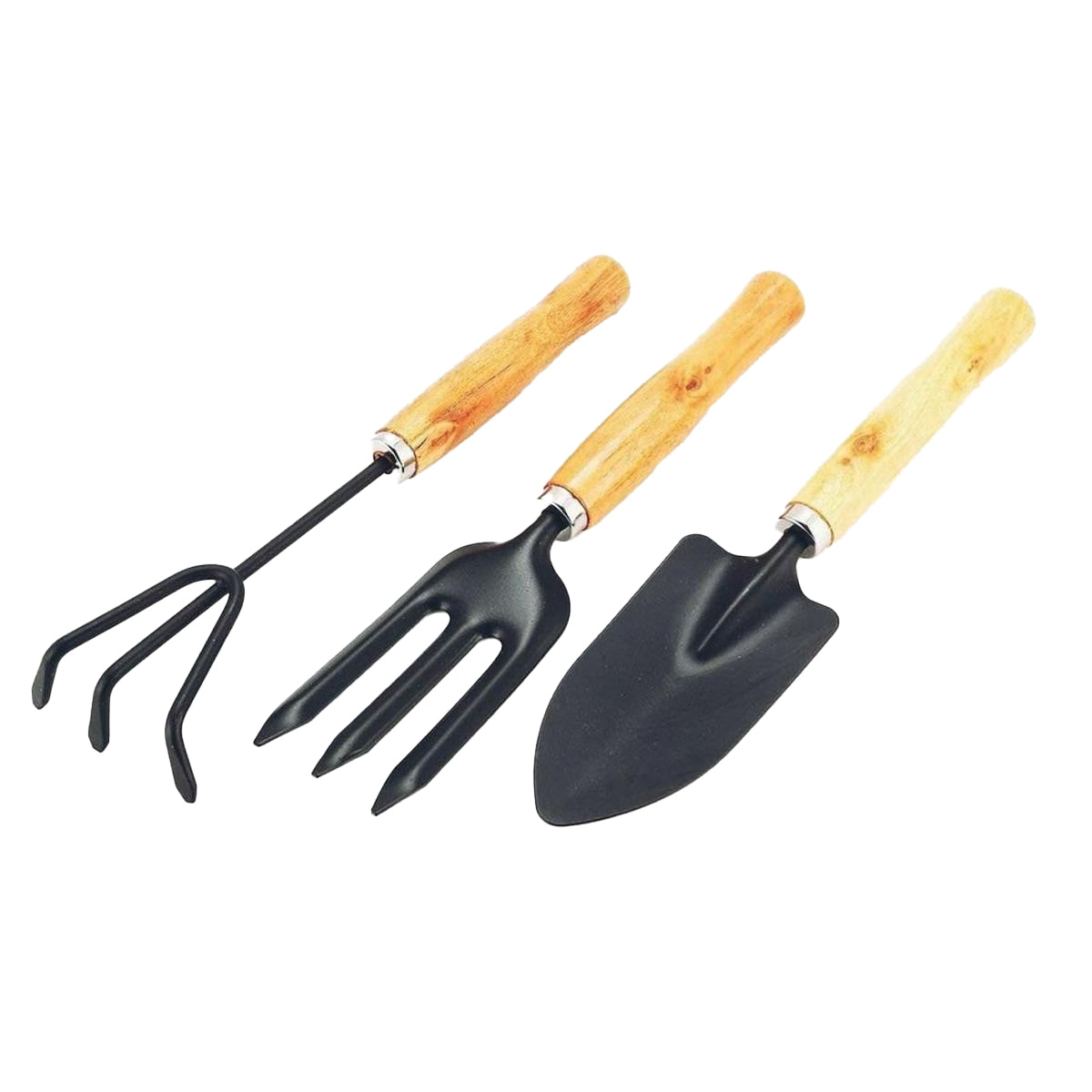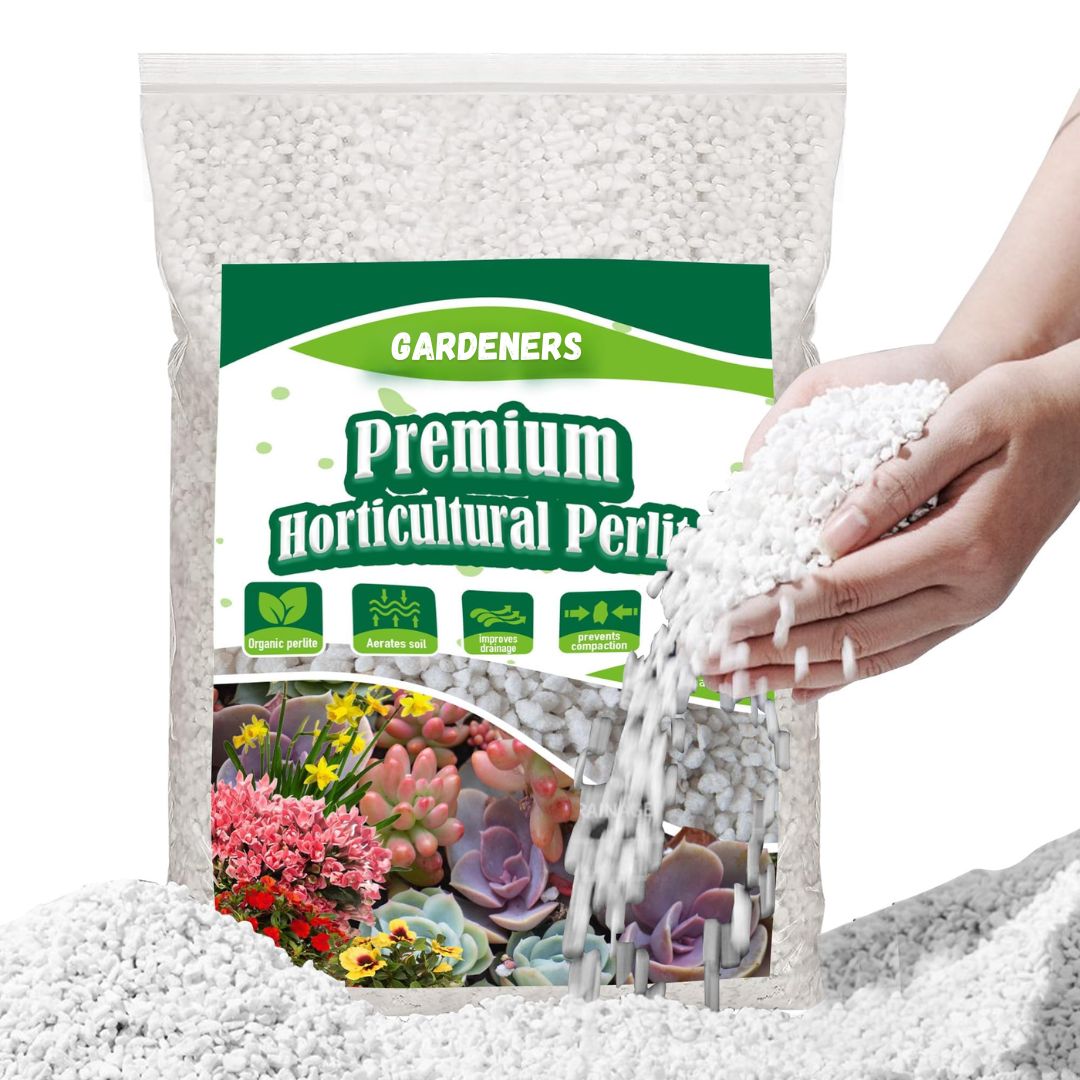
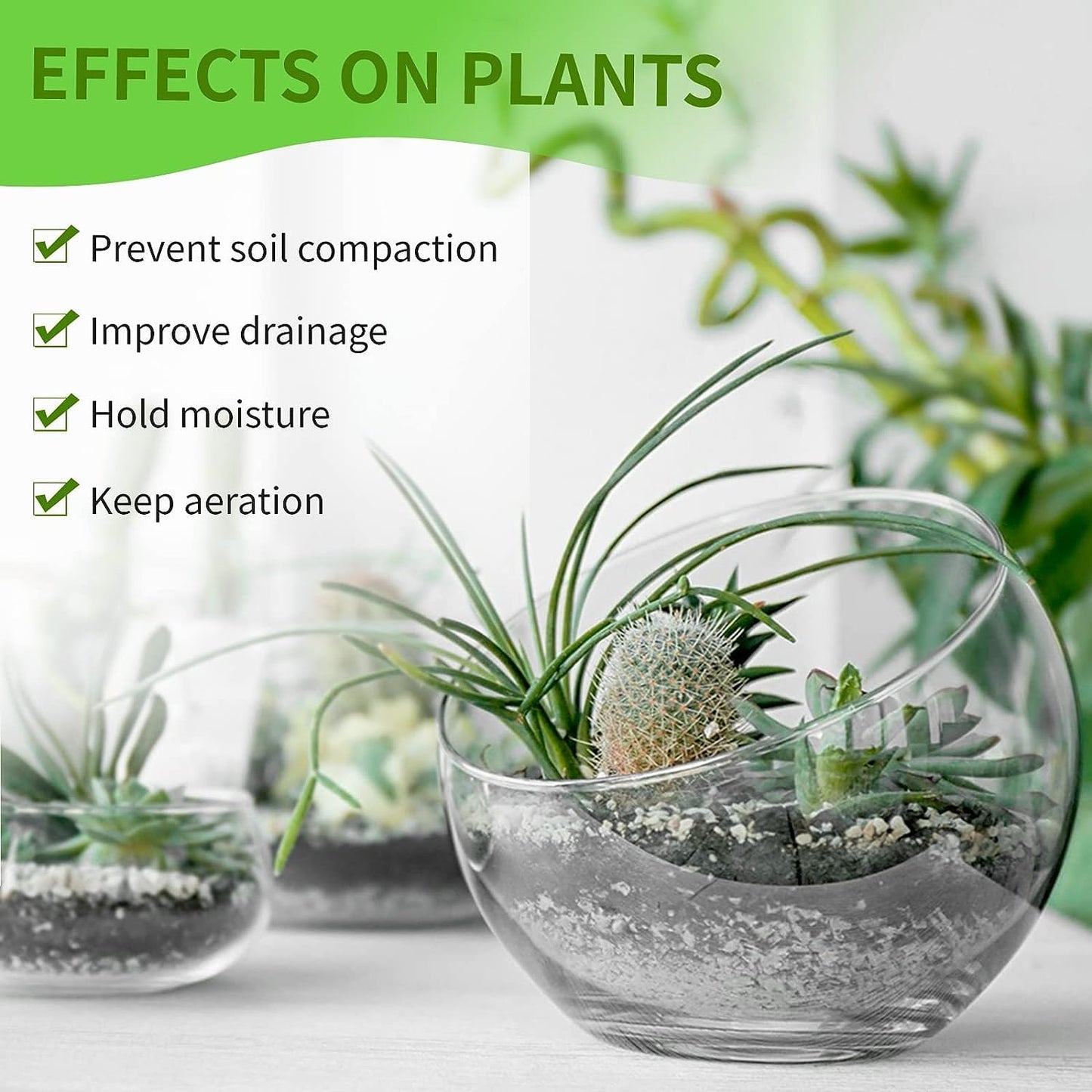
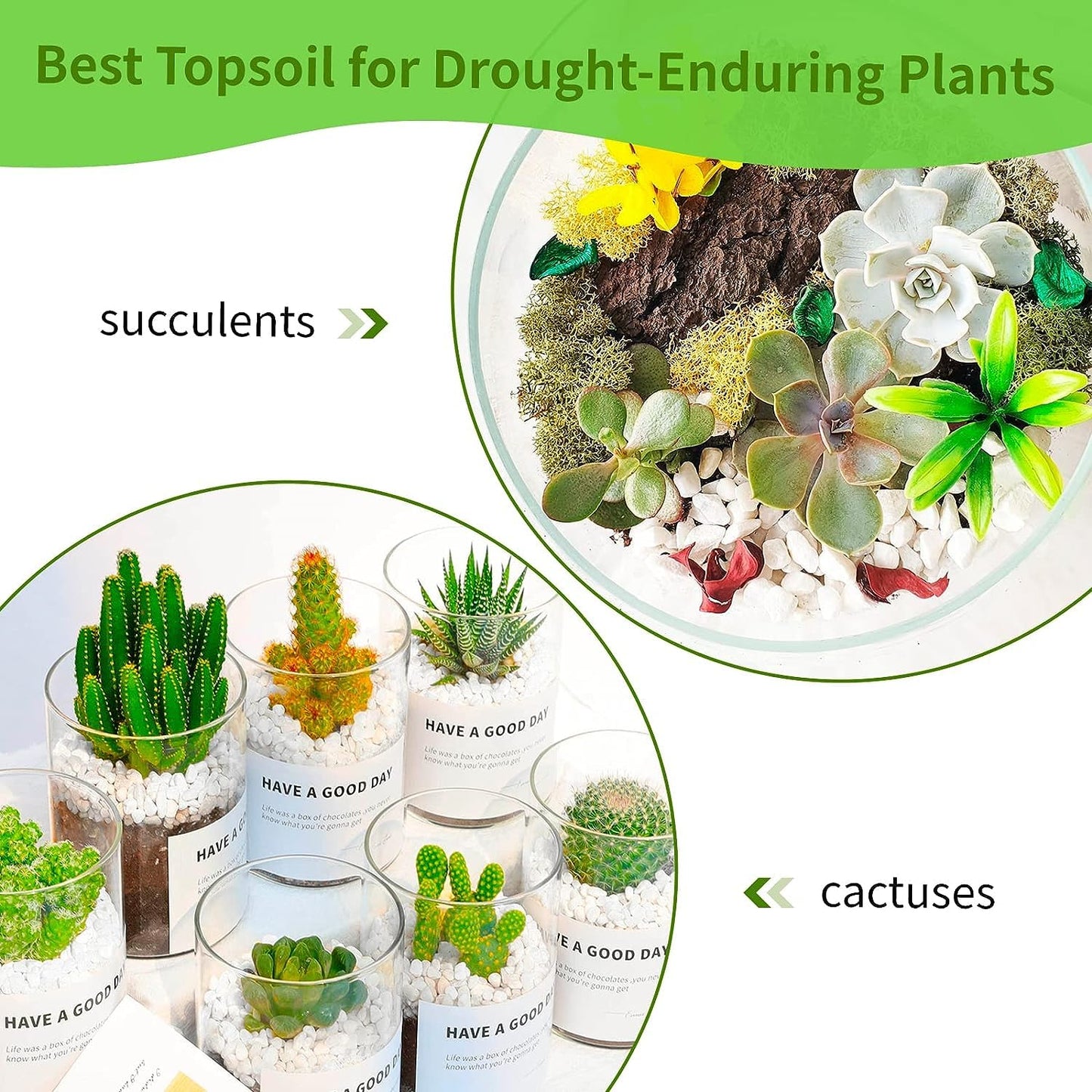
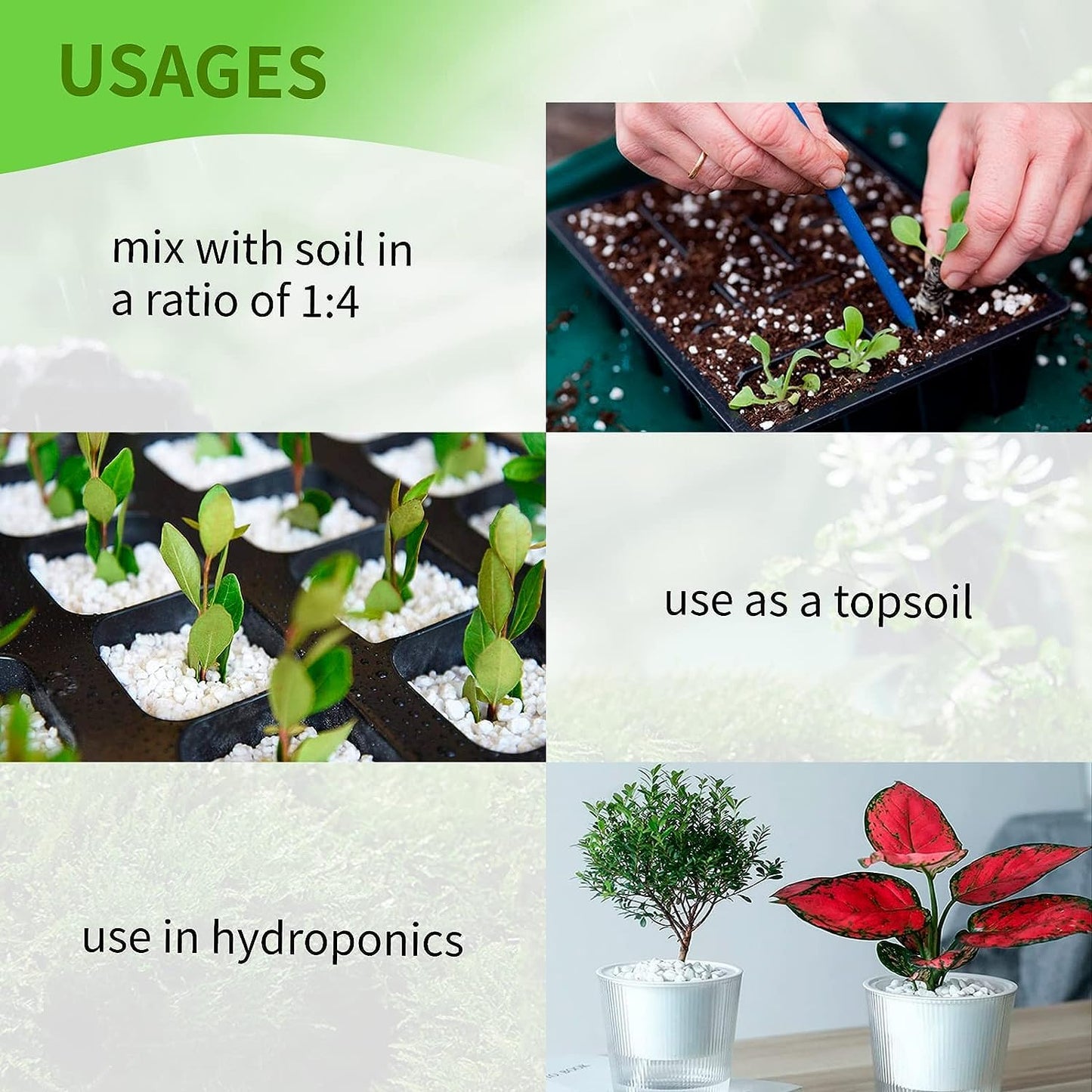
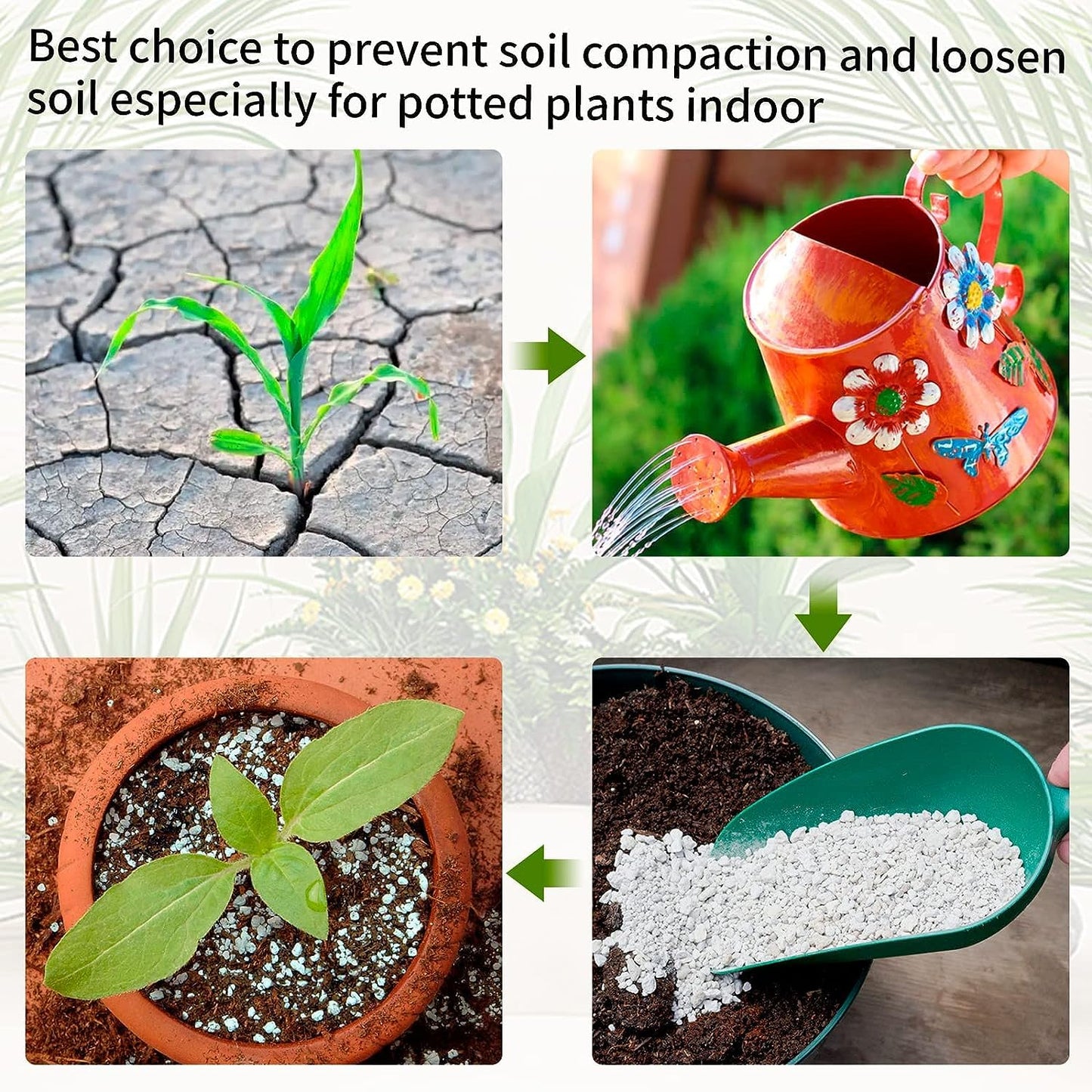
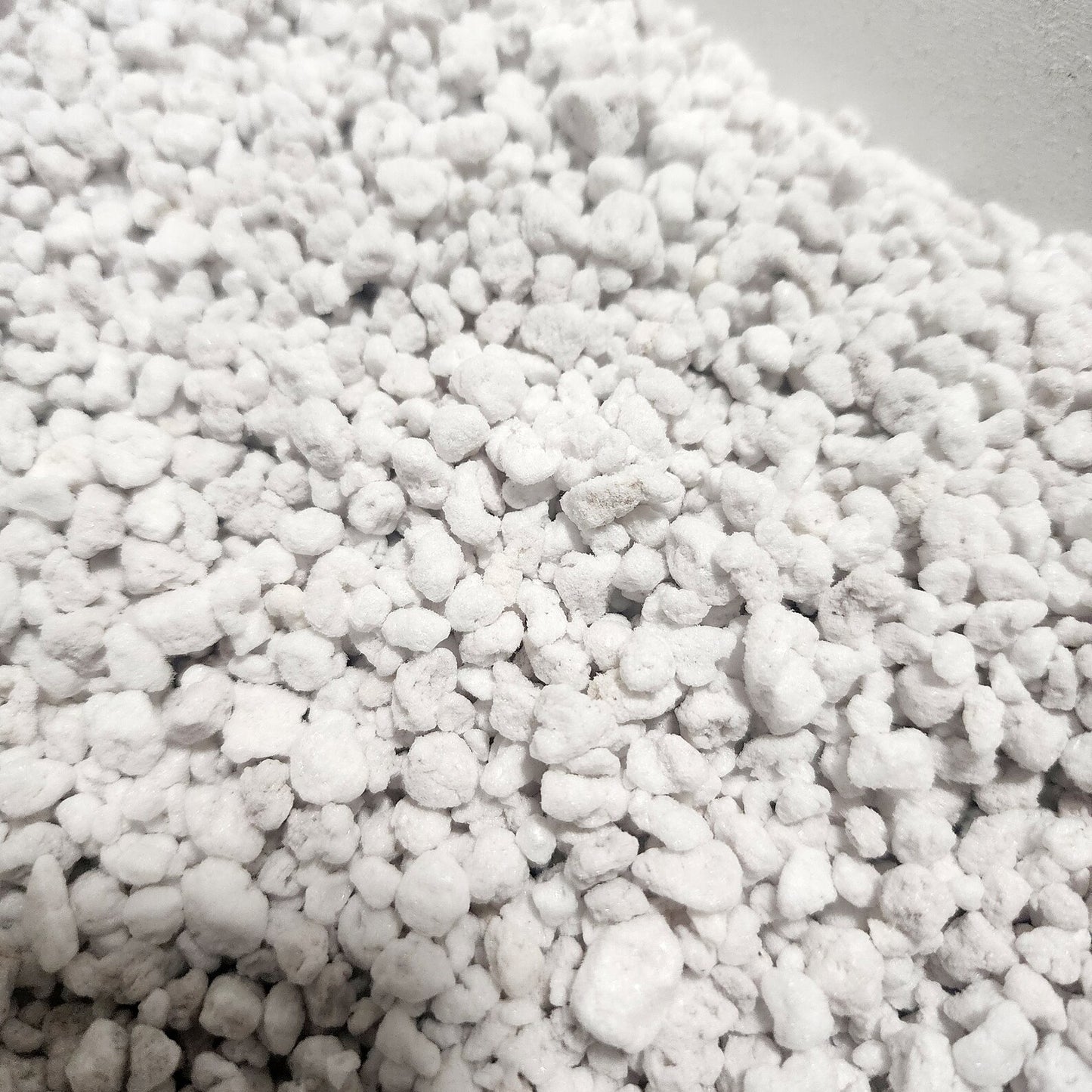
Perlite for Plants – Improve Drainage & Root Growth
Tired of soggy soil and stunted roots? Most garden soils and nursery mixes get compacted in pots or humid weather, causing root rot and weak growth. Perlite (پرلائٹ) is a sterile, lightweight mineral that solves this — loosening the soil, boosting drainage, and improving airflow around roots.
Whether you’re prepping seed trays, succulent pots, or rooftop beds, perlite helps plants grow faster, healthier, and more resilient.
Why Gardeners Prefer It
- Boosts Drainage – Prevents soggy roots and water buildup
- Aerates Soil – Keeps mixes light and oxygen-rich
- Safe & Clean – Sterile, pest-free, and pH-neutral
- Perfect for Succulents – Keeps aloe, jade, snake plant healthy
- Flexible Use – Mix with any potting soil, starter tray, or raised bed
How to Use
For Seed Starting
- Mix 20–30% perlite into your cocopeat or peat moss base
- Improves germination and protects roots from damping-off
For Pots & Grow Bags
- Combine 1 part perlite with 2–3 parts soil or compost
- Prevents waterlogging in rooftop or indoor containers
For Succulents & Indoor Plants
- Use up to 50% perlite with cactus or sandy soil
- Best for plants like aloe, snake plant, jade, money plant
For Rooting Cuttings
- Mix perlite with coco husk or coarse cocopeat
- Enhances air circulation during root development
For Garden Beds
- Add 20–25% perlite to clay or compacted soils
- Helps loosen texture and drains excess water in raised beds
FAQs – Perlite in Gardening
Can I use perlite for succulents and cacti?
Absolutely. Perlite for succulents improves drainage and prevents rot in aloe, jade, echeveria and similar plants.
Does perlite dry out soil too fast?
Not really. It drains excess water but holds some moisture and air — ideal for most indoor or outdoor containers.
How is perlite different from sand or vermiculite?
Perlite is lighter than sand and more breathable than vermiculite. Use perlite when you need fast-draining potting soil, especially in high humidity.









